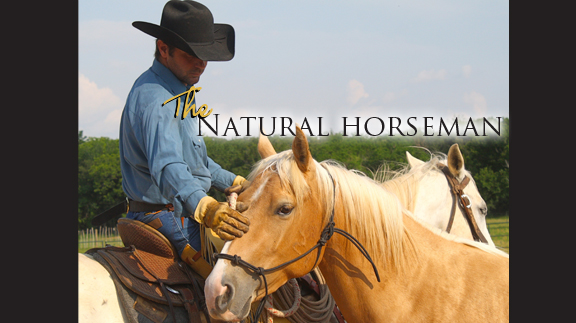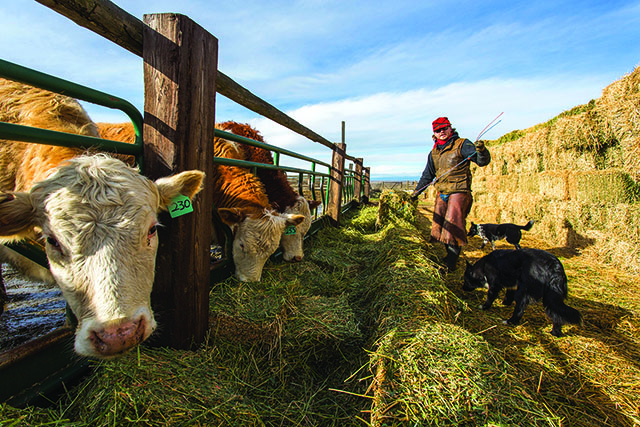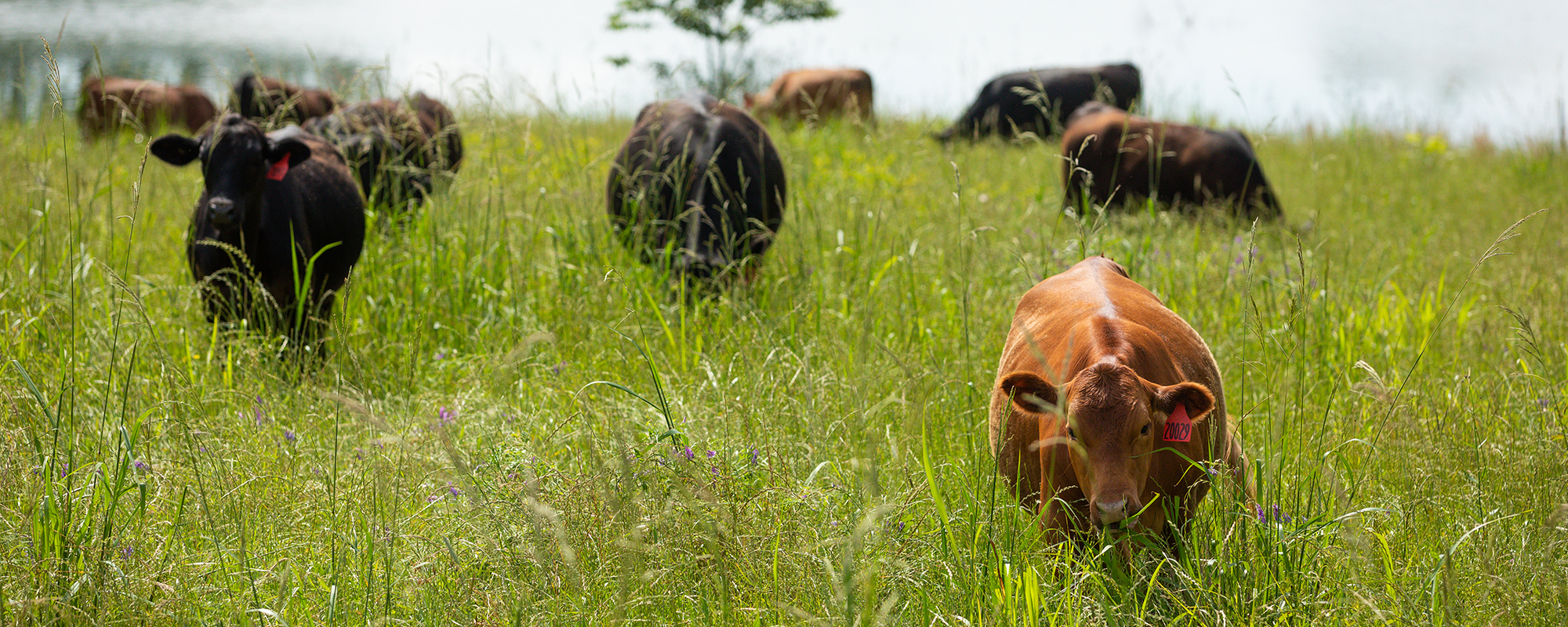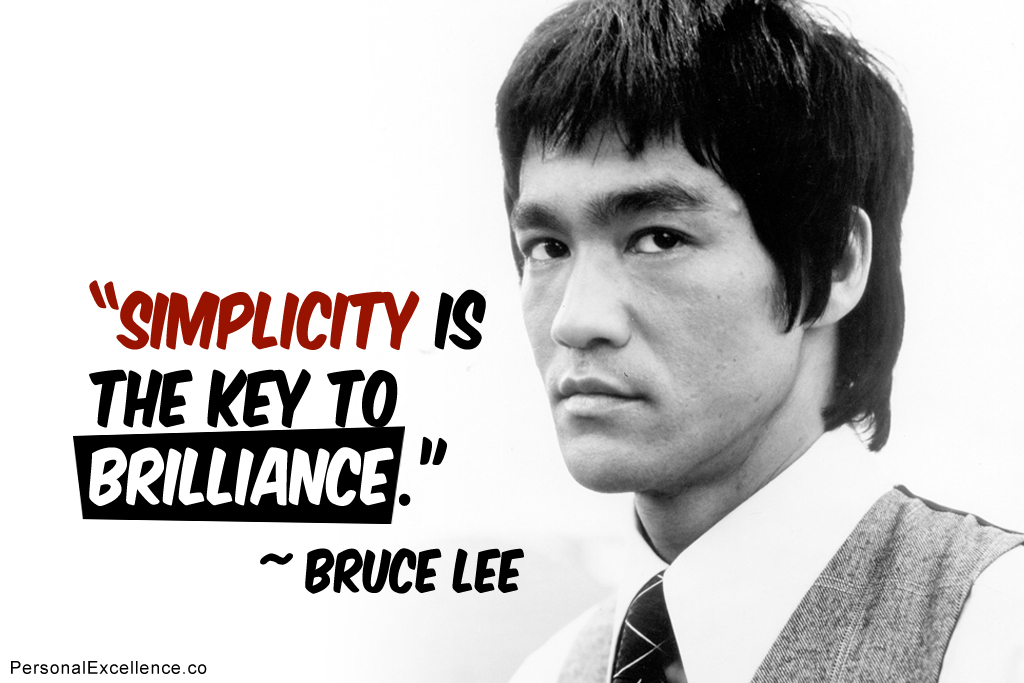HOME
The Natural Horseman – Bruce Lee

By Steve Stevens
Bruce Lee might have been the greatest horseman and nobody knows it.
Although I cannot find many pictures of Bruce Lee riding horses, his philosophies on life and martial arts transcend genres. And if you can read between the lines, his messages not only work in life and martial arts but also in horsemanship.
Bruce Lee was a pioneer of breaking stereotypes by teaching his ways—very guarded old world techniques—to outsiders while keeping his mind open to teach change.
That change and the never ending learning curve of life must always stay open. What we today call mixed martial arts, most popularly with the UFC, is athletes training in all aspects of the martial arts: boxing, Karate, Judo, Jiu Jitsu, and so on.
Bruce Lee went on a journey a little over 40 years ago to learn how to combine the best of all of those techniques to make a perfect artist.
Martial arts, like horsemanship, goes back thousands of years and is grounded in deep world traditions. So for Lee, to challenge that was no easy feat.
Each style of martial arts believed their way was better than the others and were stuck in a “my way or the highway” state of mind.
Lee was the first to start to break down those walls and today it is shown that one style can not defeat someone who has the knowledge of all of the styles.
I feel like this has a correlation with horsemanship. Although today, there are many starting to understand cross training techniques in horsemanship, there are still many stuck in old way traditions and styles. Being an advocate for the horse, I think Bruce Lee’s concept of taking the best from each world would be highly appreciated from our fellow horse and not getting stuck with one idea if it is not working.
He also talks a lot about using the technique that is the most simplistic, not the most beautiful or impressive, just the most simple. We have a tendency to miss the most basic and functional of techniques because we are too busy trying to show off.
Staying simple is the quickest way to create harmony with your horse.
He also talks a lot about finding truth in yourself, and if one can’t admit their fears, frustrations and motive, they are doomed to relive it over and over again. Does this sound familiar with horse training?
This could never be more pertinent than in regards to the horse because to me, he is the giver of truth. He knows all of your emotions, whether you choose to admit to them or not. The problem lies in when you can’t be honest with your emotions and your truth. It becomes hard to make a breakthrough in your training, your horsemanship and yourself.
The greatest trainers I have ever known had understood and maybe not put it this way, but that horsemanship is an art form and it is a never ending opportunity to learn about your horse and more importantly about yourself. Once you have quit learning, to me you have nothing left to offer the horse.
So those horsemen and horsewomen who work every day at striving to become better themselves will in turn be better for the horse. There is no finality to it. The learning will never end.
Bruce Lee believed that to be the best artist, you had to be one hundred percent truthful with yourself so you could live in the moment with no ego.
That is the only way you can react and see the full picture clearly with horses and life. Tough to do riding horses, but I think it should be the goal of all horsemen and horsewomen.
Horses are our greatest teacher and I can promise you that if Bruce Lee worked with horses he would be their greatest student.
From Bruce Lee’s handwritten essay entitled “Toward Personal Liberation (Jeet Kune Do),” circa 1971—-
A learned man once went to a Zen master to inquire about Zen. As the Zen master talked, the learned man would frequently interrupt him with remarks like, “Oh, yes, we have that too,” and so forth.
Finally the Zen master stopped talking and began to serve tea to the learned man; however, he kept on pouring and the tea cup over-flowed. “Enough! No more can go into the cup!” the learned man interrupted. “Indeed, I see,” answered the Zen master. “If you do not first empty your cup, how can you taste my cup of tea?”
HOME
Farm and Ranch Injuries

By Barry Whitworth, DVM
In January, I attended the Oklahoma Veterinary Conference. While waiting for one of the sessions to start, a classmate of mine commented how many of the attendees walk with a limp, used a cane, and/or have damaged hands. We all agreed that working with animals is hard on the body. In general, anything associated with farming and ranching is dangerous.
Most farmers and ranchers know that agriculture is a dangerous occupation. According to United States Bureau of Statistics, workers involved in agriculture, forestry, and fishing had the highest occupational fatality rate in 2022. The fatality rate of 23.5 per 100,000 full-time equivalent (FTE) workers for this group is much higher when compared to the overall occupation fatality rate of 3.7 per 100,000 FTE. Most of the agriculture-related fatalities are associated with transportation, such as tractor overturns, and vehicle crashes, but a fair number involve livestock.
To read more, pick up a copy of the March issue of NTFR magazine. To subscribe by mail, call 940-872-5922.
HOME
Jesses Jewelz

By Jesse Kader
Comfy and keep it western. That’s the name of the game this month. It’s hot and who wants clingy clothing? This jumpsuit is perfectly comfortable and relaxed without forfeiting the fashion. Dress it up or keep it casual. See this and more at www.jessesjewelz.com.
HOME
Noble Research Institute Expands New Program Offering Farmers and Ranchers the Essentials of Regenerative Ranch Management

The educational program has been expanded to three new locations, empowering ranchers and farmers to monitor and improve the health of their land, livestock and livelihood through regenerative principles.
ARDMORE, OK–September 12, 2023 – Noble Research Institute announced the expansion of Essentials of Regenerative Ranching, a new educational program designed to help ranchers enhance and restore the land, making it more resilient and reaching livestock grazing goals through regenerative management. Essentials of Regenerative Ranching provides producers with practical tools, hands-on experience and guidance to make data-driven decisions to decrease costs and improve profit.
The Essentials of Regenerative Ranching course has been expanded to three new locations in Texas and Oklahoma. Registration is open now at www.noble.org/essentials. Seating is limited, so early registration is recommended.
Texas A&M
College Station, Texas
October 17 – 18
O.D. Butler, Jr. Animal Science Complex
Noble Research Institute
Ardmore, Oklahoma
October 31 – November 1
Pavilion Center
Texas A&M
Kingsville, Texas
November 7-8
Caesar Kleberg Wildlife Center
“Program participants gain working knowledge and experience of monitoring and improving the health of their soil, grazing livestock more strategically and making informed financial decisions,” said Hugh Aljoe, Noble Research Institute’s director of ranches, outreach and partnerships. “We use a mix of classroom and field work to send producers home with the tools they need to begin making changes on their ranch.”
Farmers and ranchers navigate uncertainty from weather, fluctuating market prices and escalating costs of inputs. Many producers are seeking new tools that offer greater control and reduce their operational uncertainty. Through this course, ranchers and farmers will calculate their financial situations, determine initial stocking rates, carrying capacity and grazing goals.
“The course is well-suited for ranchers of all experience levels and all types and sizes of operations,” Aljoe added. “No matter your situation, this program will transform the way you think about your ranch.”
The Essentials of Regenerative Ranching program allows producers to overcome obstacles, become more informed problem-solvers and increase the productivity of their grazing lands. By participating in this program, ranchers join a community of like-minded producers who are shaping the future of ranching and leaving a lasting impact on their land and families. “If I had known what I learned in this course when I started my regenerative journey, I could have avoided some key mistakes,” said Tana McCarter, a rancher, and Essentials attendee. “I left with the tools I needed to monitor my soil health and financial progress. I’ll now have the right data to make informed decisions on how to meet my regenerative goals.”
Noble Research Institute is an independent nonprofit agricultural research organization dedicated to guiding farmers and ranchers in applying regenerative principles that yield healthier soil, more productive grazing land, and business success.
At Noble, researchers, facilitators and ranch staff work together to share with farmers and ranchers the skills and tools to regenerate the land in a profitable manner. Noble is focused on the regenerative management of the nation’s grazing acres, which directly impacts pasture and range environments, wildlife, pecan production, and livestock production. Regenerative management recognizes that each decision made on the ranch impacts the interactions of the soil, plants, water, animals, economics and people. Noble’s 14,000 acres of working ranch lands provide a living laboratory on which to demonstrate and practice regenerative principles and ideas to deliver value to farmers and ranchers across the U.S.
-

 Country Lifestyles1 year ago
Country Lifestyles1 year agoScott & Stacey Schumacher: A Growth Mindset
-

 Equine7 months ago
Equine7 months agoThe Will to Win
-

 Country Lifestyles7 years ago
Country Lifestyles7 years agoStyle Your Profile – What your style cowboy hat says about you and new trends in 2017
-

 Country Lifestyles4 years ago
Country Lifestyles4 years agoAmber Crawford, Breakaway Roper
-

 HOME7 years ago
HOME7 years agoGrazing North Texas – Wilman Lovegrass
-

 Country Lifestyles7 years ago
Country Lifestyles7 years agoDecember 2016 Profile, Rusty Riddle – The Riddle Way
-

 Country Lifestyles8 years ago
Country Lifestyles8 years agoJune 2016 Profile – The man behind the mic: Bob Tallman
-

 Outdoor9 years ago
Outdoor9 years agoButtercup or Primrose?







